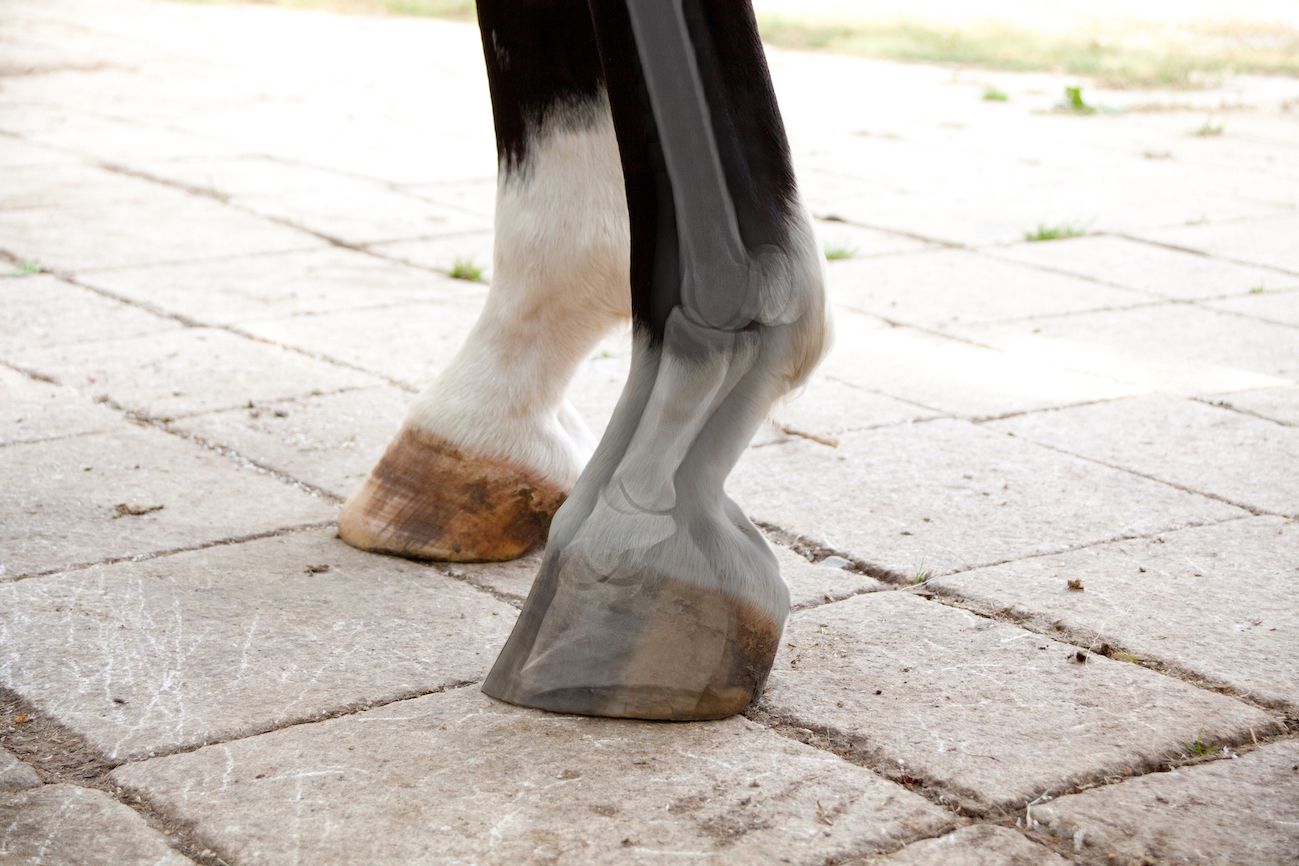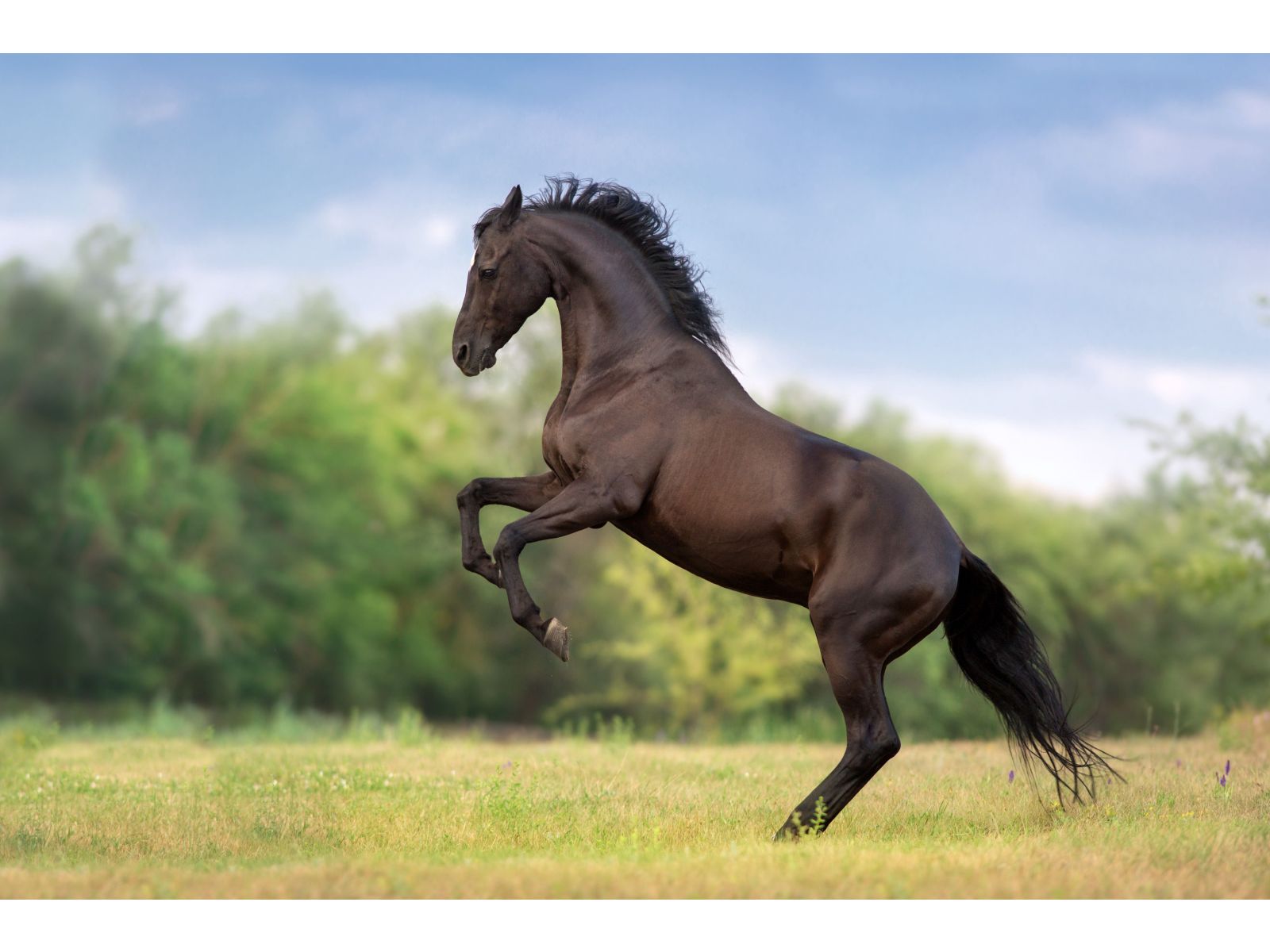Laminitis is one of the most serious and painful conditions a horse can experience. It occurs when the sensitive laminae inside the hoof become inflamed, leading to pain, lameness, and in severe cases, rotation or sinking of the pedal bone.
Early detection and supportive care are essential, as the sooner laminitis is identified, the better the chance of preventing long-term damage.
At McDowells, we believe laminitis is rarely a random occurrence. It is usually the result of an underlying imbalance in the body—whether dietary, metabolic, or related to stress and systemic health. By learning to recognise the early signs, horse owners can intervene quickly and give their horses the best chance of recovery.
Early Warning Signs of Laminitis
Horses developing laminitis may show one or more of the following symptoms:
- Weepy or watery eyes
- Sluggishness or dull behaviour
- A hard or engorged crest (not in every case)
- Localised fat pads or being overweight (not in every case)
- “Sooky” or withdrawn behaviour
- Sensitivity when walking on hard ground
- Reluctance to stride out freely in the arena
- Irregularity of stride
- Shifting weight between front and back feet
- Mild lameness (often worse on one side)
- Lameness that worsens after work or running
- Lameness on a circle
- Lying down more frequently than usual
- Heat in the feet
Progression Toward Foundering
If laminitis progresses without intervention, the following signs may appear:
- More obvious weight-shifting
- Reluctance or refusal to walk
- Swelling in the lower limbs
- Hoof abscesses
- A rapid pulse
- Increased heat in the feet
Severe Laminitis (Pedal Bone Rotation or Penetration)
In advanced cases, the following symptoms are often present:
- Complete inability to walk
- Rocking back on the hindquarters to relieve pressure
- Marked pain and distress
- Tucked-up abdomen
- Extended periods of lying down
- Penetration of the pedal bone through the sole
These cases are emergencies and require immediate veterinary attention.


